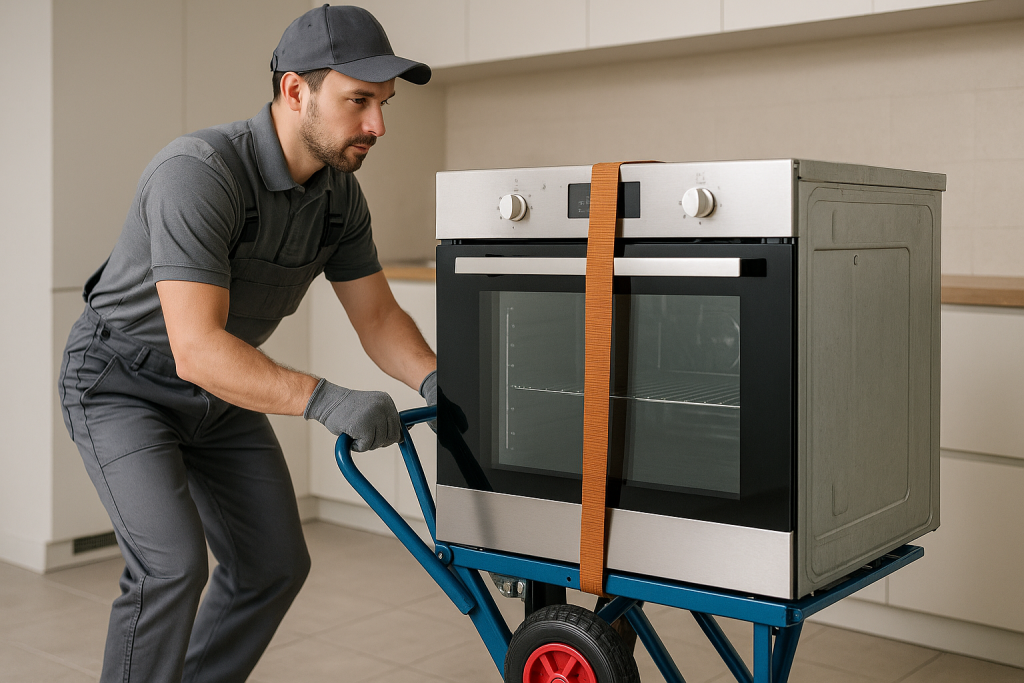It is important to look professional when you are Onewheeling, so you should always have the proper Onewheeling gear with you. When you are out there Onewheeling you want to be protected and there are some great products that can help you do just that ONEWHEEL ACCESSORIES – THE COMPREHENSIVE ONEWHEEL ACCESSORY INFORMATION GUIDE | 2021 . There are many different sites online that have detailed information about various types of Onewheeling gear.
Beginners will need to make sure that their Onewheeling gear includes the essential parts, such as a helmet, Onewheel footpad, and appropriate bearings items. Helmets should protect the entire head and face, while Onewheel footpad are made specifically to grip the ground and help prevent slipping and sliding. Pants and jackets provide additional protection for the upper body, and they can also help prevent heat loss, by reflecting the sun’s rays and keeping you comfortable.
Safety Precautions: Onewheeling
There’s one last piece of information in your Onewheeling gear guide that you should keep in mind. Make sure you know how many pairs you need! You never know when you’re going to get so hurt that it will be impossible to continue skating. You don’t want to risk cutting your body up before you even have a chance to grow back.
Of course, onewheel plus are very important for Onewheeling. It is almost impossible to have a successful Onewheeling session without a pair of onewheel plus. While you don’t want to spend too much money on these, you want to make sure you get a glove that is of good quality and will protect you. There are different kinds of onewheel plus to choose from, depending on what your onewheeler persona is. If you are into aggressive tricks and moves, then you might want to consider getting spiked onewheel plus.
Onewheel Bearings
Do you want to learn more about Onewheel gear? Have you ever wanted to be able to Onewheel without all of the gear? Well, there are two ways you can go about it. You can purchase all of that expensive equipment and footpad. Or, you can just use this handy guide to help you make the right choices when buying Onewheeling gear.
It is best to have all of the necessary Onewheeling gear that you will need with you. Some onewheelers like to bring memory cards, batteries and other items that they think they might need while out on the slopes. When you are shopping online, be sure to read the policies that relate to returns and exchanges. This can help you avoid purchasing something that is not appropriate.
Best Onewheel Accessories
Next to a helmet, slide onewheel plus are crucial merchandise to have if you want to begin using aggressively in your longboard. They are constructed to face as much as concrete with out being shredded to items. Learning to make use of your onewheel plus properly will open up a whole new world of tips and terrain to learn and conquer. Even if you’re not planning to discover ways to slide, slide onewheel plus are valuable safety gear. Hard-Shell Exterior development sets the standard for what a troublesome, reliable helmet is meant to be and is characterised by bonding an injection molded ABS shell to a layer of impression absorbing foam.
- These include various pairs of Onewheeling boots, protective gear for the elbows and knees, onewheel plus, and any other specialty gear you think you may need.
- They will provide the most safety in your knees and elbows whenever you wipe out.
- But Onewheeling injuries do occur, notably if riders skate in the wrong place or do not put on protective gear.
- Sleeve pads are made out of stretchy nylon supplies that function as a smaller foam pad.
Most pads come with hard, stiff plastic caps, though some are made with more versatile and slimmer materials, though are usually not beneficial for beginners. Onewheel Footpad liners are the trade standard for motion sports. This light-weight foam creates the internal liner of the helmet, sitting within the exhausting-shell. The foam liner is the primary part that crushes during influence to soak up and dissipate energy. While EPS liners aren’t at all times multi-influence they do meet all required security standards. Onewheel Footpad liners are featured in most certified helmets and are created from a very hard foam that offers extra safety than the softer 2-Stage foam. Wrist guards, elbow pads and knee pads will shield you extra usually than any other gear.



















